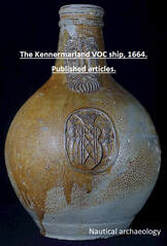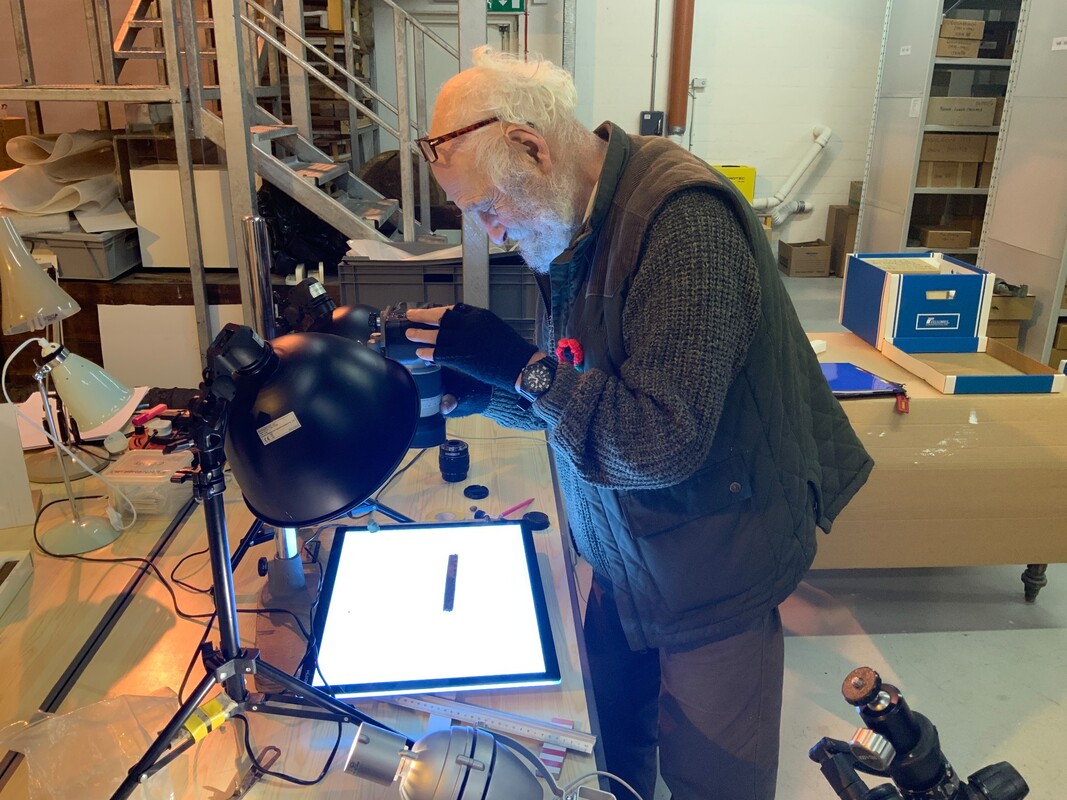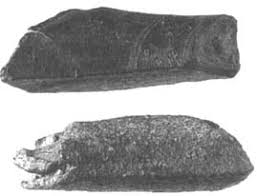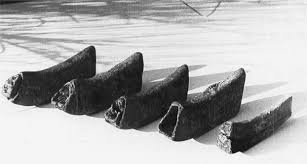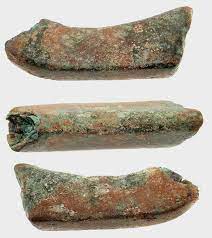The VOC Kennemerland
The Kennemerland was a Dutch East Indiaman sailing ship that was lost off the Out Skerries, Shetland, in 1664. The vessel's excavation in the 1970s was one of the earliest exercises in the new discipline of maritime archaeology.
The shipwreck wreck site was located bay a team from Aston University, on a joint expedition sponsored by Lerwick's Zetland Country Museum with divers from the university of Manchester. The team excavated a huge area of around 90 square meters from 1973 to 1974, they recovered over 10,000 artifacts that were deposited in the Lerwick Museum. In 1978 the site was designated a historical wreck site.
The shipwreck wreck site was located bay a team from Aston University, on a joint expedition sponsored by Lerwick's Zetland Country Museum with divers from the university of Manchester. The team excavated a huge area of around 90 square meters from 1973 to 1974, they recovered over 10,000 artifacts that were deposited in the Lerwick Museum. In 1978 the site was designated a historical wreck site.
Interestingly five leaden artefacts were excavated from the site the artefacts were of an unusual shape, a true conclusion of their identity or use could not be accessed by the archaeologists. Surprisingly in 1984 the artifacts use was discovered by Ian Tait of the Shetland Museum as ‘golf clubs. He identified the artefacts as club heads when he referenced similar club heads recovered from a 17th century archaeological site in Amsterdam. His identification was later confirmed by David Stirk, a British expert on golf history.
Kennemerland Revisited, by Paula Martin
With kind permission from the Nautical Archaeology Society

